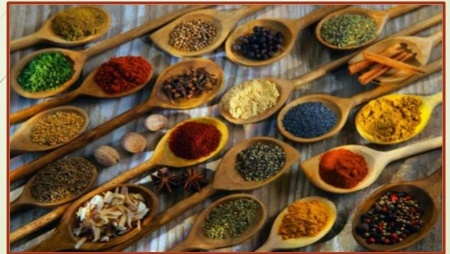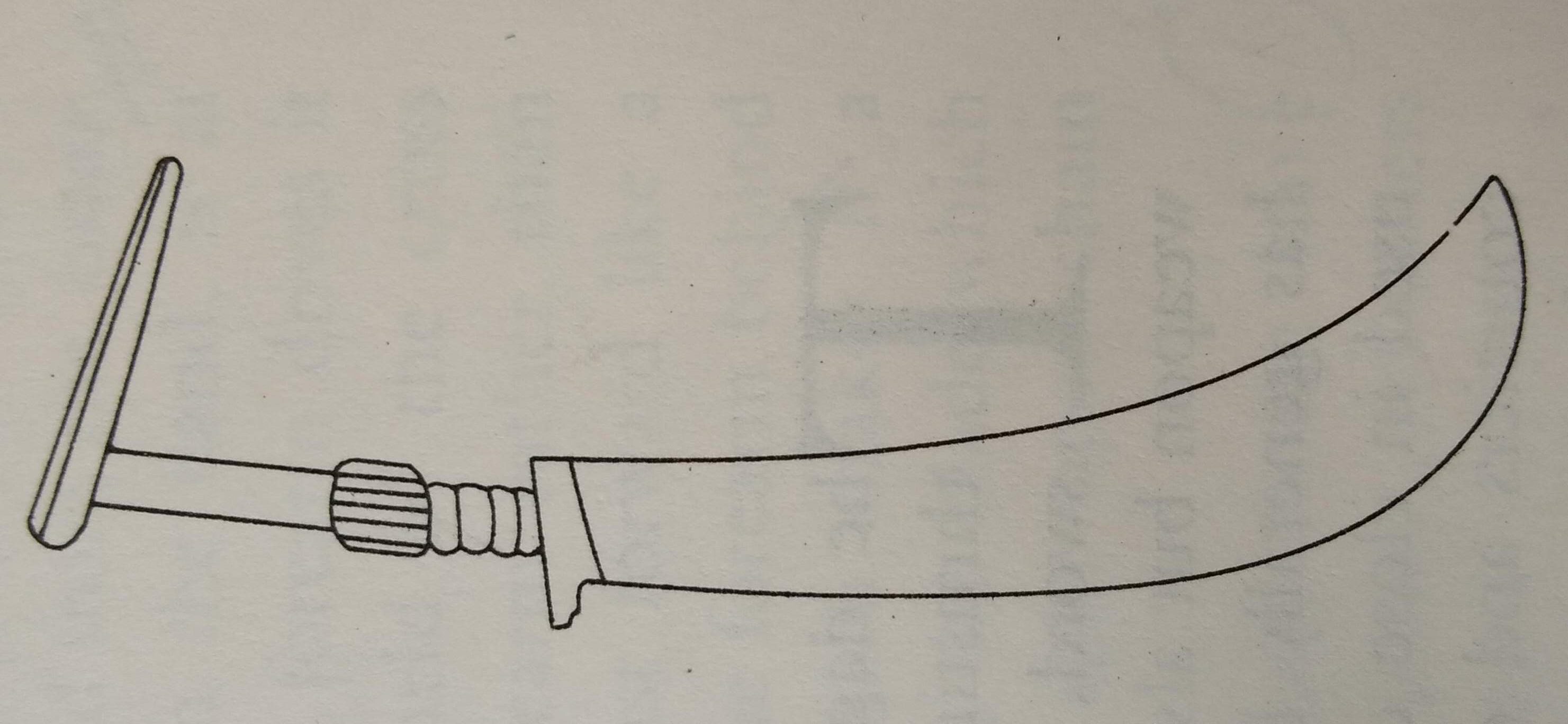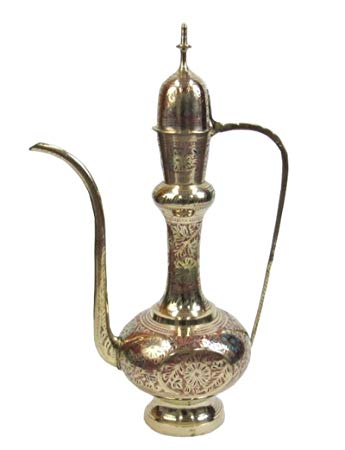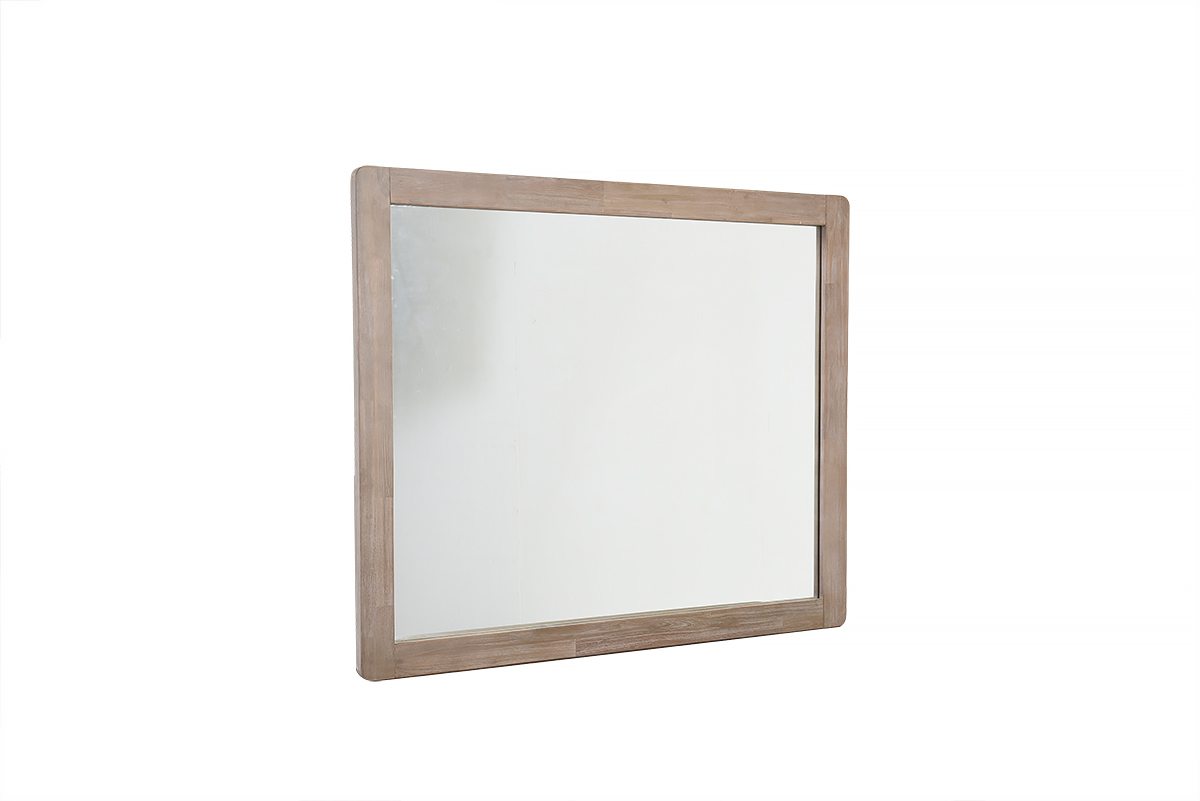Adhunik patas,
In contrast to the religious patas, which are mainly devotional in character, the secular patas of Bengal are satirical and are based upon the chitrakars’ profound recognition of the contradictions in society and depict modern themes. These scrolls, known as adhunik patas or modern paintings, depict for instance, India’s independence from colonial rule or satirise the prevailing system of rationing and loss of moral values among the young.
In contrast to the religious patas, which are mainly devotional in character, the secular patas of Bengal are satirical and are based upon the chitrakars’ profound recognition of the contradictions in society and depict modern themes. These scrolls, known as adhunik patas or modern paintings, depict for instance, India’s independence from colonial rule or satirise the prevailing system of rationing and loss of moral values among the young.
Adi gaud,
Brahmin community of stone sculptors of Gujarat and Rajasthan working in the Hindu and Jain tradition of temple architecture and sculpture.
Brahmin community of stone sculptors of Gujarat and Rajasthan working in the Hindu and Jain tradition of temple architecture and sculpture.
Advancing the warp,
Releasing the pawl on the ratchet on the warp beam and winding some of the woven cloth onto the cloth beam.
Releasing the pawl on the ratchet on the warp beam and winding some of the woven cloth onto the cloth beam.
Adya katti,
The adya katti sword was used in Coorg and Malabar. It has a heavy, single edged blade which is inclined forward. The blade is generally 2 feet in length and is narrow at the root and broader towards the point. The hilts have no guards and are made of ivory, horn or wood.
The adya katti sword was used in Coorg and Malabar. It has a heavy, single edged blade which is inclined forward. The blade is generally 2 feet in length and is narrow at the root and broader towards the point. The hilts have no guards and are made of ivory, horn or wood.
Affinity,
The attraction between the fibre and dyestuff. Some dyestuffs have a natural affinity, e.g. wool and basic dyes, whereas others require the use of a mordant.
The attraction between the fibre and dyestuff. Some dyestuffs have a natural affinity, e.g. wool and basic dyes, whereas others require the use of a mordant.
Aftabi,
Adjectival form of the Persian word aftab, the sun. Used for a type of inlay where the design is cut out of silver and appears silhouetted against the black ground of the object. The surface is therefore brightly reflective.
Adjectival form of the Persian word aftab, the sun. Used for a type of inlay where the design is cut out of silver and appears silhouetted against the black ground of the object. The surface is therefore brightly reflective.
Ageing,
Fixing of printed colour by means of heat or steam. Originally induced by the action of air, sunlight and dew, this process gradually came to be carried out in large ageing rooms, and now in a ‘rapid ager’ (or hot-air or steam cabinet)
Fixing of printed colour by means of heat or steam. Originally induced by the action of air, sunlight and dew, this process gradually came to be carried out in large ageing rooms, and now in a ‘rapid ager’ (or hot-air or steam cabinet)
Ahir,
A caste of Hindu pastoralists and farmers. Ahir women of Kutch and Saurashtra are prolific embroiderers.
A caste of Hindu pastoralists and farmers. Ahir women of Kutch and Saurashtra are prolific embroiderers.
AIHPIA,
The All India handmade Paper Industries Association was formed in 1998 to 'enable exchange between handmade paper produces and an expanding eco-friendly customer base'. It organizes an annual Paperex, which is an exhibition on handmade paper involving several industry participants and stakeholders. Their aim is to introduce handmade and recycled paper into government use, especially for diplomatic gifts and bureaucratic forms and ledgers, as well as lobby for greater research and development into handmade paper technologies.
The All India handmade Paper Industries Association was formed in 1998 to 'enable exchange between handmade paper produces and an expanding eco-friendly customer base'. It organizes an annual Paperex, which is an exhibition on handmade paper involving several industry participants and stakeholders. Their aim is to introduce handmade and recycled paper into government use, especially for diplomatic gifts and bureaucratic forms and ledgers, as well as lobby for greater research and development into handmade paper technologies.
Ajrakh,
Cloth, of predominantly indigo colouring, block-printed (usually on both sides) with geometric patterning in Sind, Pakistan, Barmer in western Rajasthan and Kutch in Gujarat. Worn by Muslim men in these districts as turbans and/or lungis.
Cloth, of predominantly indigo colouring, block-printed (usually on both sides) with geometric patterning in Sind, Pakistan, Barmer in western Rajasthan and Kutch in Gujarat. Worn by Muslim men in these districts as turbans and/or lungis.
Al,
Al is a plant of the madder family. The young roots and root barks yield valuable red dye, wherein the root sugar is changed into red dye stuff. Till 1886 cultivation of madder was a monopoly of the Orient. Dried roots were imported in Italy under the name 'LIZARI' or 'ALIZARI'. The Al root was being extensively used as a dye till the synthetic alizarine was discovered in the year 1889.
Al is a plant of the madder family. The young roots and root barks yield valuable red dye, wherein the root sugar is changed into red dye stuff. Till 1886 cultivation of madder was a monopoly of the Orient. Dried roots were imported in Italy under the name 'LIZARI' or 'ALIZARI'. The Al root was being extensively used as a dye till the synthetic alizarine was discovered in the year 1889.
Alizarin,
The chief colouring principle matter of madder (Rubia tinctorum L) and other red dye plants and their synthetic equivalent. Synthetic alizarine is also the name for an extensive series of chemical colours produced from anthracene, a constituent of coal tar hydrocarbons. Discovered in the year 1889, by two German scientists Graebe and Litchermann. The synthetic Alizarine red dye stuff has now replaced the Madder and Al Munjeet of the Madder family.
The chief colouring principle matter of madder (Rubia tinctorum L) and other red dye plants and their synthetic equivalent. Synthetic alizarine is also the name for an extensive series of chemical colours produced from anthracene, a constituent of coal tar hydrocarbons. Discovered in the year 1889, by two German scientists Graebe and Litchermann. The synthetic Alizarine red dye stuff has now replaced the Madder and Al Munjeet of the Madder family.









